Here are some typical Japanese gourmet foods.
・Exquisite Japanese beef brands
Kyoto Vegetables
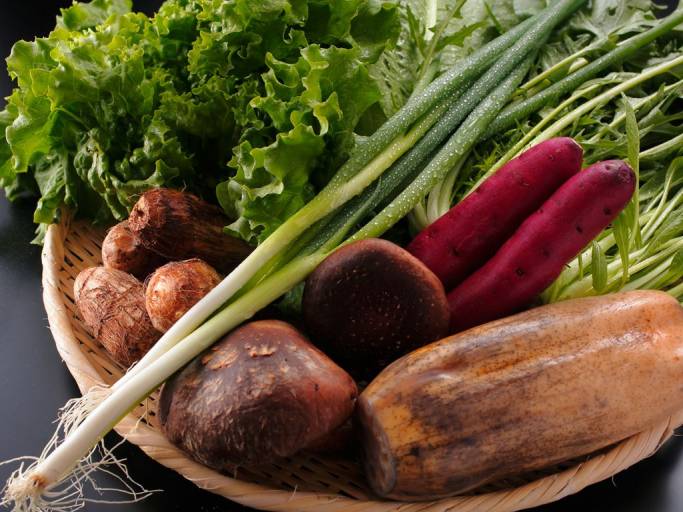
Kyoto vegetables are delicious and popular because they are grown through traditional and eco-friendly farming practices, which enhances their natural flavor and nutritional value. Their unique taste and texture are also attributed to the fertile soil and varying climate in Kyoto, which gives each vegetable a distinct flavor. Furthermore, Kyoto chefs skillfully incorporate these vegetables into their dishes, showcasing their freshness and maximizing their potential. From Kyoto pickled veggies to stir-fried vegetables, these dishes fully capture the essence of Kyoto’s bountiful harvest and cultural heritage.
Exquisite Japanese Beef Brands
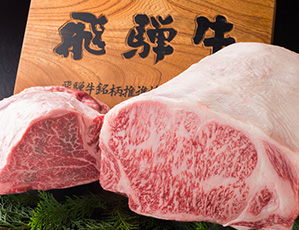
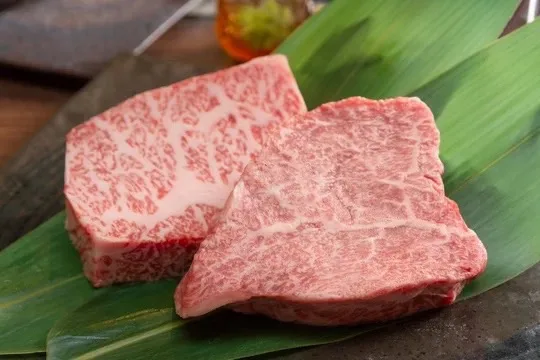
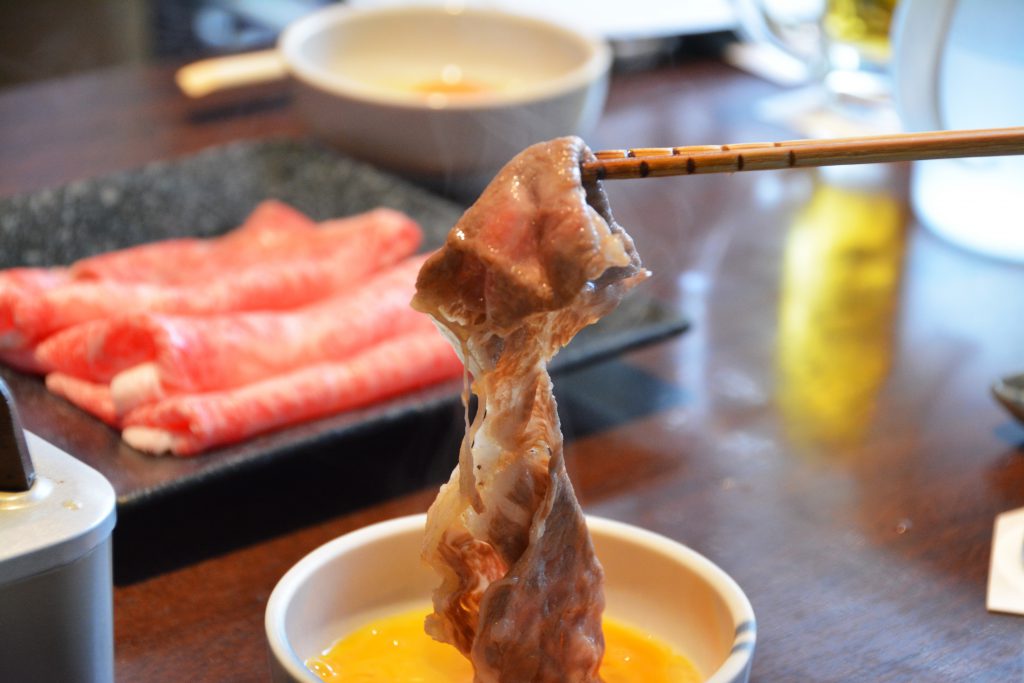
Exquisite Japanese beef brands like Hida, Kobe, and Matsusaka offer the epitome of deliciousness due to their meticulous rearing, feeding, and processing methods. These cows are often raised in small numbers, given special diets, and kept free from stress, yielding exquisite marbling and supreme tenderness. Moreover, the meat is usually aged to perfection, allowing the flavors to deepen and intensify. All of these factors contribute to the luscious and indulgent taste of these premium Japanese beef brands, embodying the quintessential definition of luxury in the realm of food.
Sushi
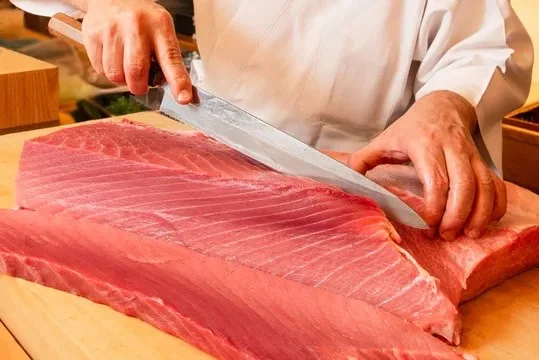
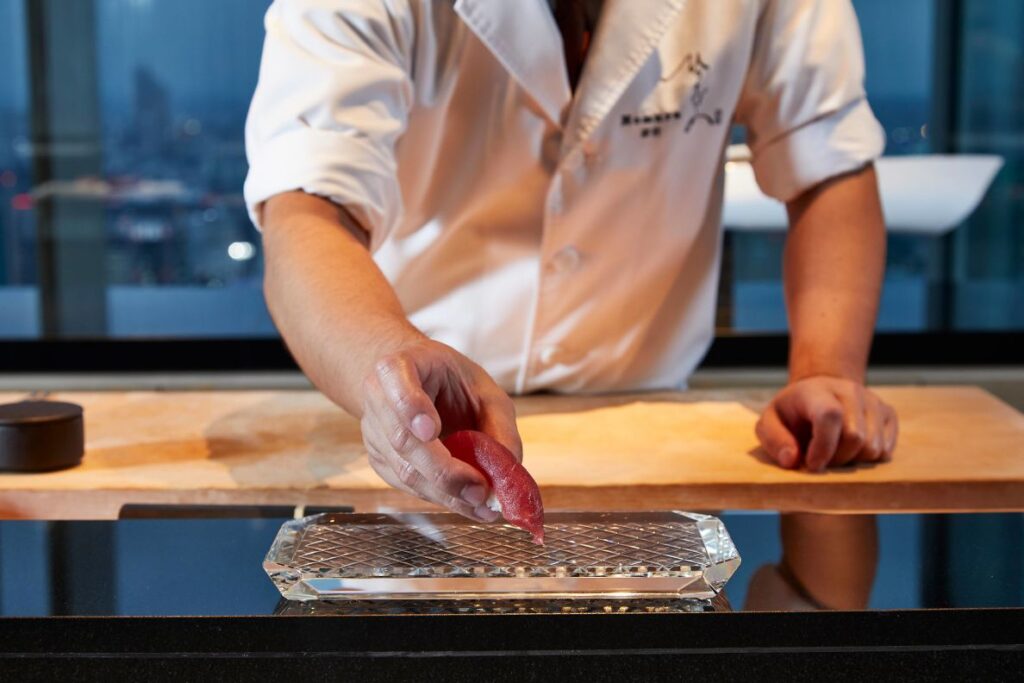
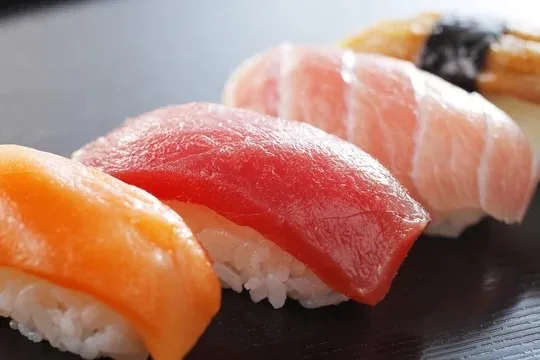
Sushi has a fascinating history in Japan and captivates people worldwide with its deliciousness. The combination of fresh seafood, meticulously seasoned rice, and the subtle heat of wasabi creates a harmonious explosion of flavors. When enjoyed in Japan, the attention to detail, exceptional quality of ingredients, and skilled craftsmanship make the sushi experience truly exceptional, elevating it to a level of unparalleled deliciousness.
Okonomiyaki
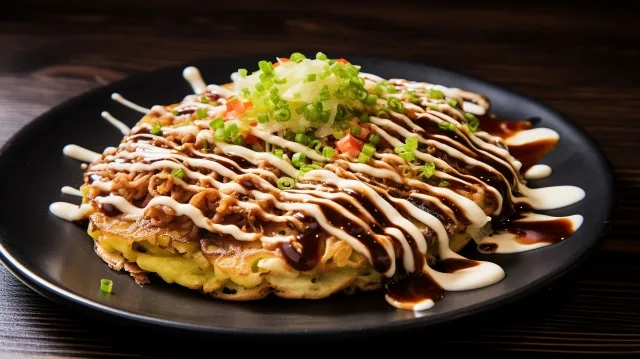
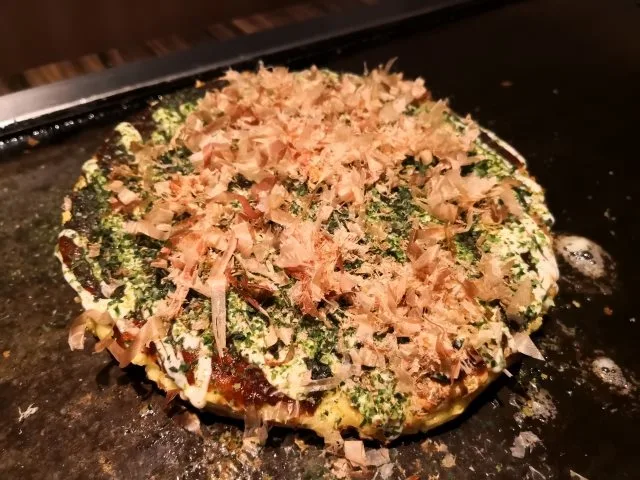
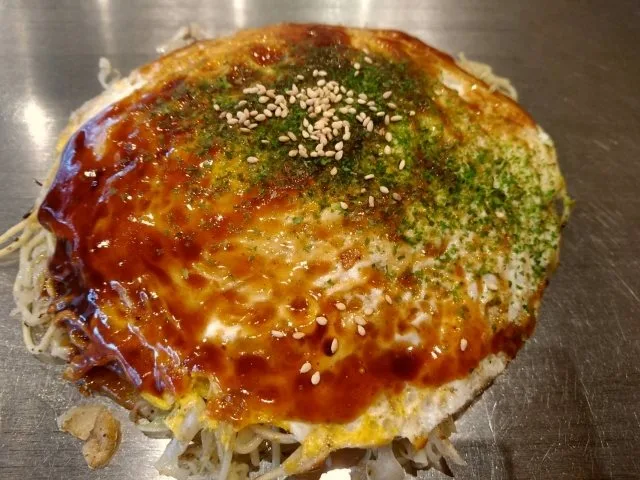
Okonomi-yaki is a food so familiar to many people that there are local flavors in Hiroshima, Osaka, and other parts of Japan. As the name suggests, all okonomiyaki can be easily prepared with “your favorite” ingredients, but they all have one thing in common: they all use plenty of vegetables such as cabbage and green onions. By adding meat, eggs, and other ingredients of your choice, you can create a healthy yet filling meal with a good balance of nutrients in a single meal. It is also called Japanese pizza.
Tempura
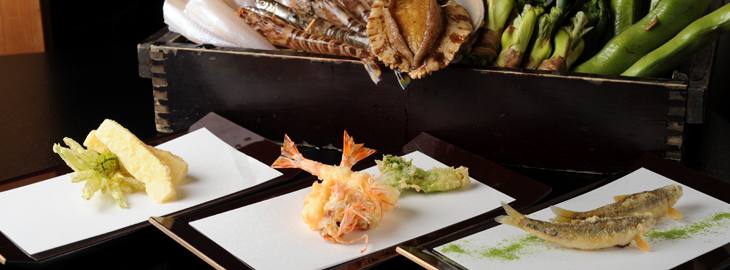
Tempura is a dish of Japanese cuisine that is considered a luxurious indulgence. It consists of seafood or vegetables that are battered and deep-fried to a golden crisp. The batter used is a mix of flour, egg, and water, which gives it a light and crispy texture that is satisfyingly crunchy. The dipping sauce, made from soy sauce, mirin, and dashi stock, adds an umami flavor to the tempura that complements the dish perfectly. Tempura is a delicacy that is best enjoyed while hot and fresh, and is often served in high-end restaurants as a premium item on the menu. The dish’s combination of flavor, texture, and presentation make it a truly indulgent and luxurious treat.
Shabu-shabu
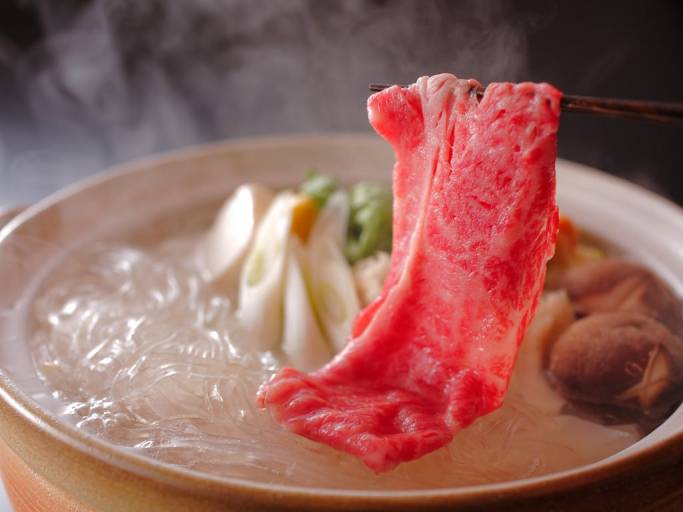
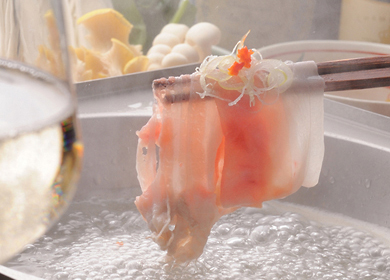
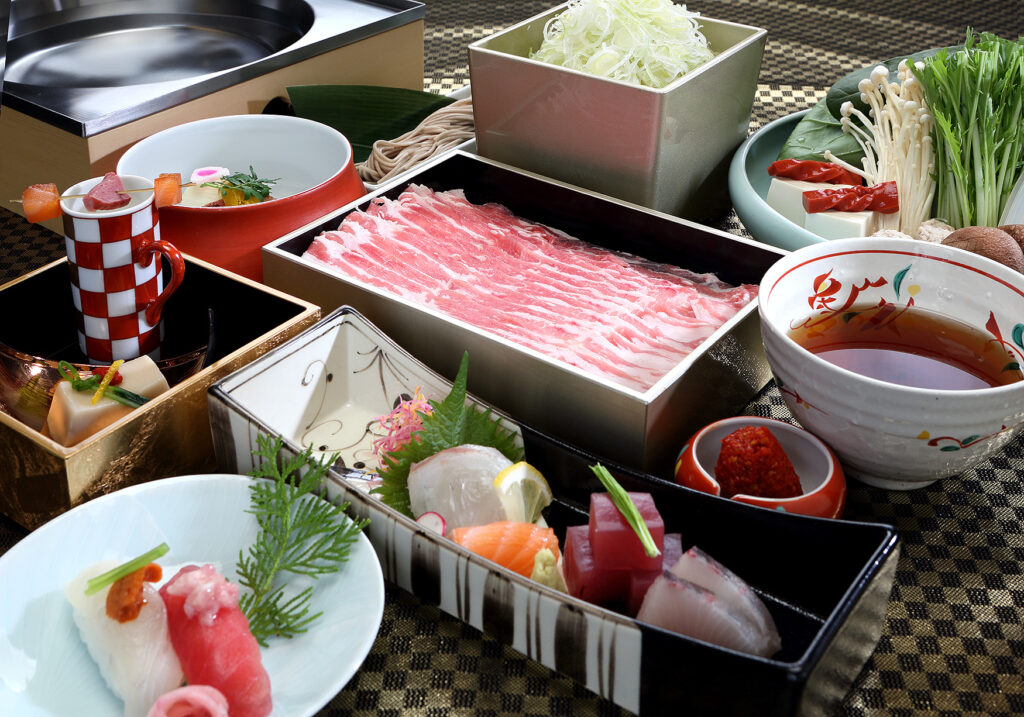
Shabu-shabu is a Japanese nabe dish in which thinly sliced beef is dipped several times into a broth made from kombu (kelp) and other ingredients and simmered in a pot, then dipped in sauce. The most common dipping sauces are ponzu (Japanese citrus juice) and sesame sauce. Shabu-shabu is sometimes confused with sukiyaki, which also uses beef, but the meat used in shabu-shabu is generally a little thinner than in sukiyaki. It is the ultimate in luxury, just like tempura!
Sukiyaki



Sukiyaki is a uniquely Japanese meat dish that combines meat with the sweet and spicy flavors of sugar and soy sauce in a well-balanced dish. Generally, ingredients such as green onions, tofu, and shirataki are used, and the meat is dipped in beaten egg. The cooking method differs slightly between the Kansai and Kanto regions. Along with sushi and tempura, it is known throughout the world as a representative Japanese dish.
Yakiniku
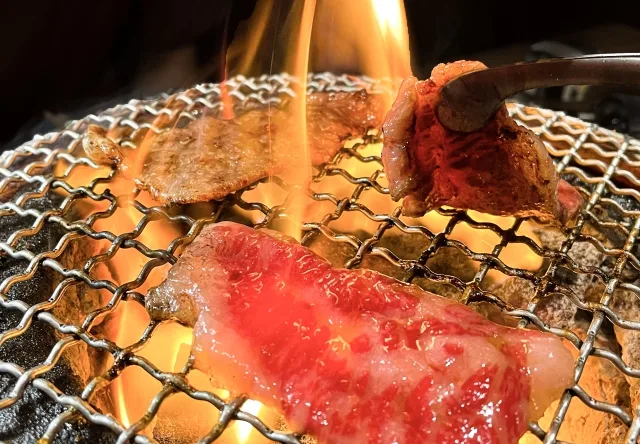
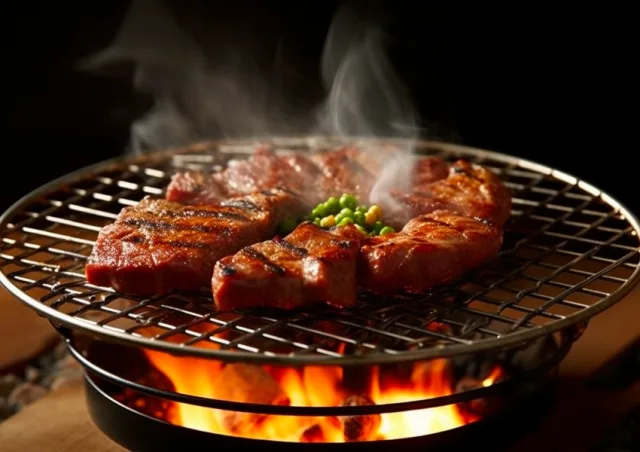
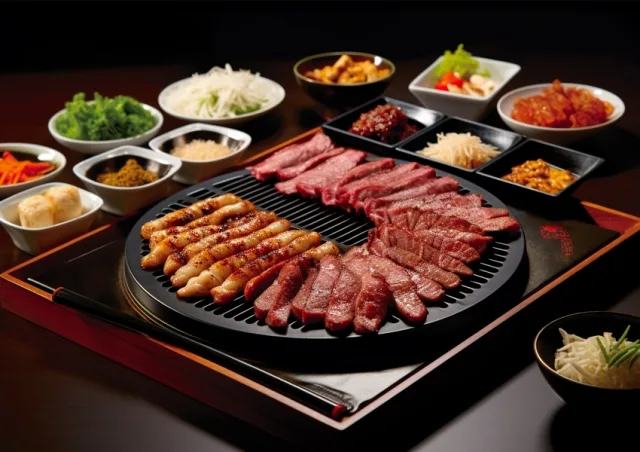
In the subconscious of the Japanese people, there is a desire to value the taste of the ingredients themselves. Therefore, even in yakiniku, people prefer tender, sweetly marbled Wagyu beef, and thin slices of meat like sashimi, lightly grilled over charcoal and served with natural salt or soy sauce, are considered to be high quality. It can be categorized as yakiniku, which is eaten while grilling, or barbecue, which is eaten after the grilling is finished. Both are delicious.
Teppan-yaki
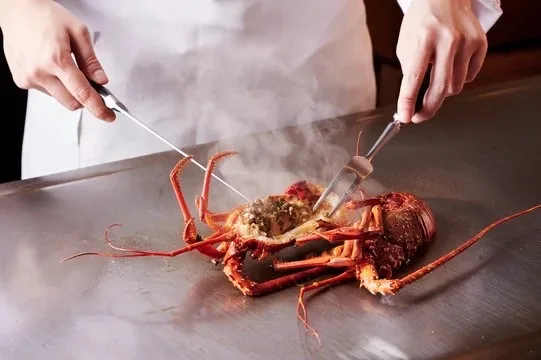
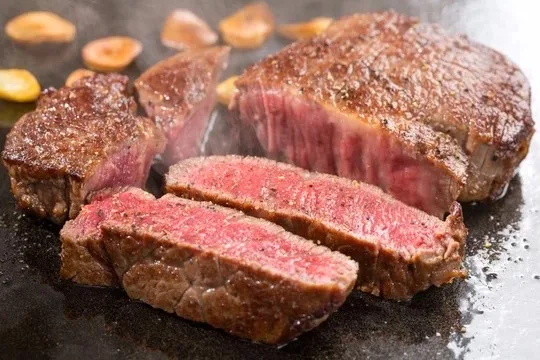
Teppan-yaki is one of the cooking methods in which food is steamed, fried, or grilled using a teppan.Typical dishes include steak, hamburger steak, grilled meat, Genghis Khan, monjayaki, and okonomiyaki.
Cooking at home using a hot plate is also a type of teppan-yaki.
Cooking on a teppan not only makes the food tasty, but also gives it a powerful and entertaining appearance.
Cooking food on a teppan while performing is also popular overseas.
Tea-Ceremony Dishes
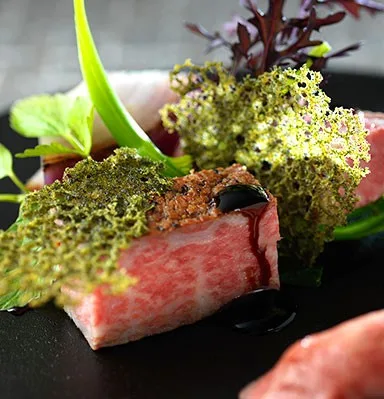
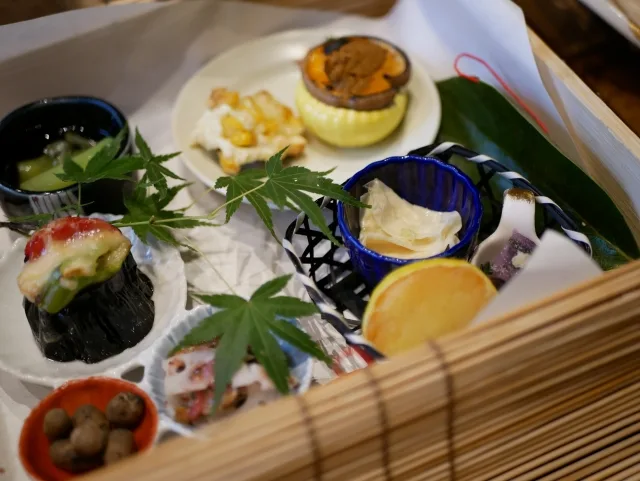
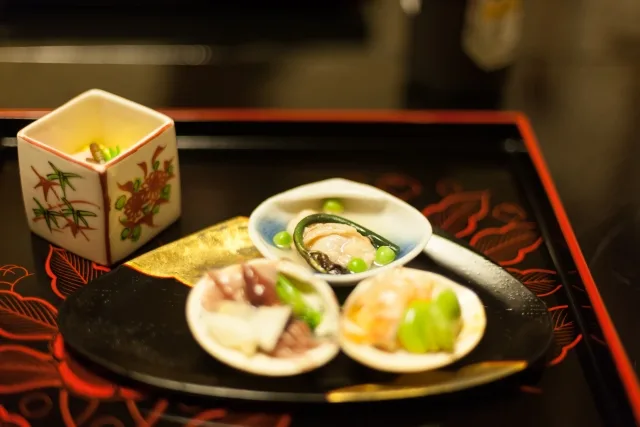
Kaiseki cuisine has its origins in Japanese Zen Buddhism.
It is said to have evolved from the simple meals eaten by Buddhist monks during their ascetic training in the Azuchi-Momoyama(1573〜1592)period.
At that time, monks would eat once a day in the morning, and if they felt hungry afterwards, they would carry a warm stone in their bosom to keep themselves warm.
This once-a-day meal, like the stones, had the same warming effect on the body, giving rise to the name “kaiseki ryori” to describe the meals eaten by ascetic monks.
Vegetarian Cuisine
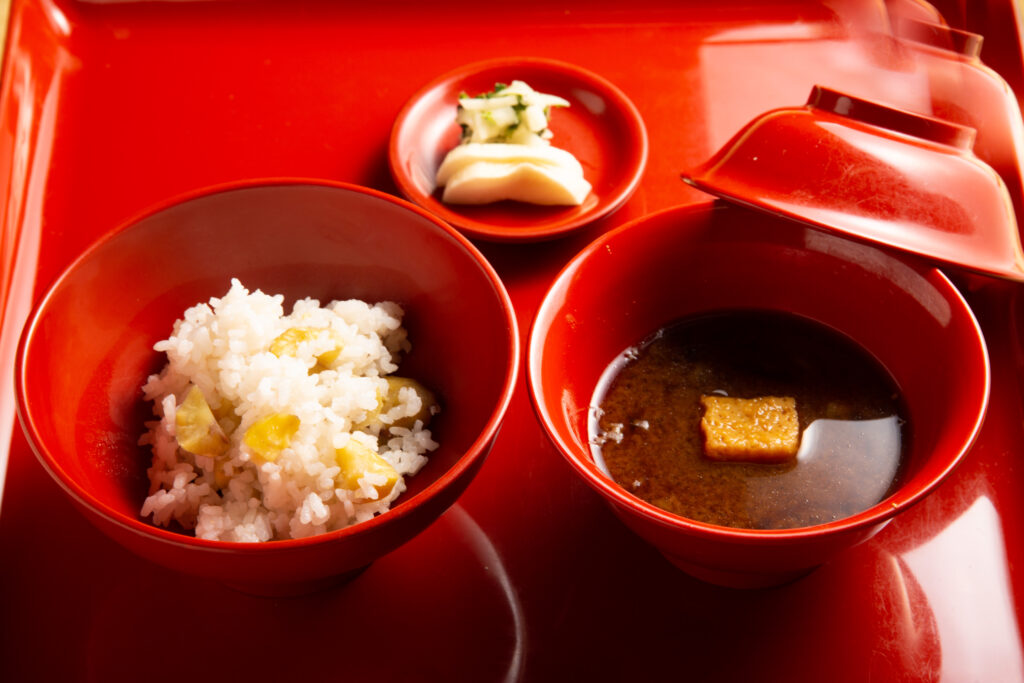
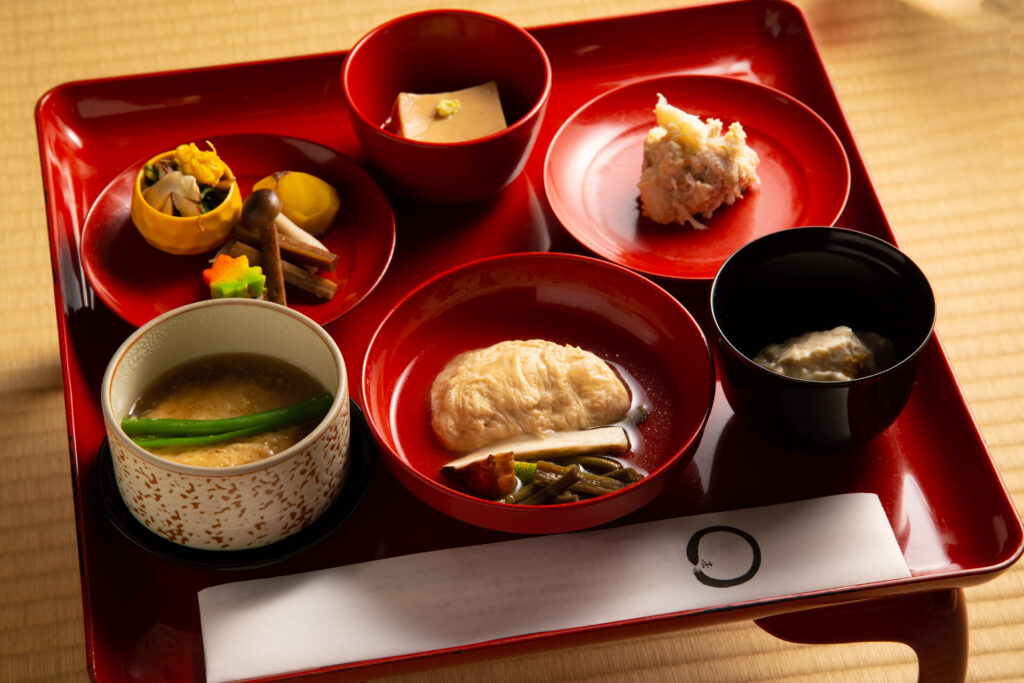
Shojin ryori is a branch of Japanese cuisine, but its main characteristic is that it is strongly influenced by Buddhism. The word “shojin” is a Buddhist term meaning to refrain from eating gourmet food and to cultivate one’s mind and spirit. Therefore, in accordance with Buddhist precepts, vegetarian food is prepared using only plant foods such as vegetables and grains, and no animal products are used.
Pork Cutlet
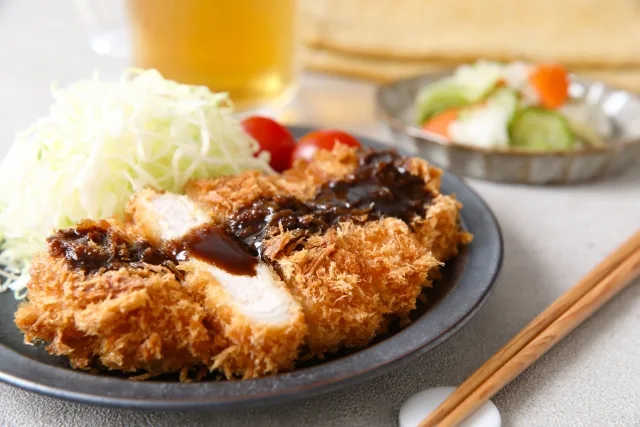
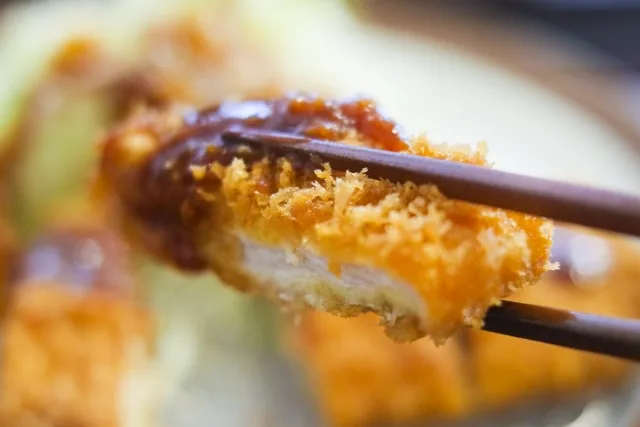

Pork cutlet is a dish made by coating pork in bread crumbs and deep frying it in oil.
It is high in calories due to the fact that it is made with meat and oil, and cabbage is a standard accompaniment.
Japanese Noodle

Soba (buckwheat noodles) is a Japanese noodle dish made from buckwheat flour. It is also called Nihon soba (Japanese buckwheat noodle) in contrast to Chinese soba, and wa soba (Japanese buckwheat noodle) in contrast to Okinawa soba.
Ramen
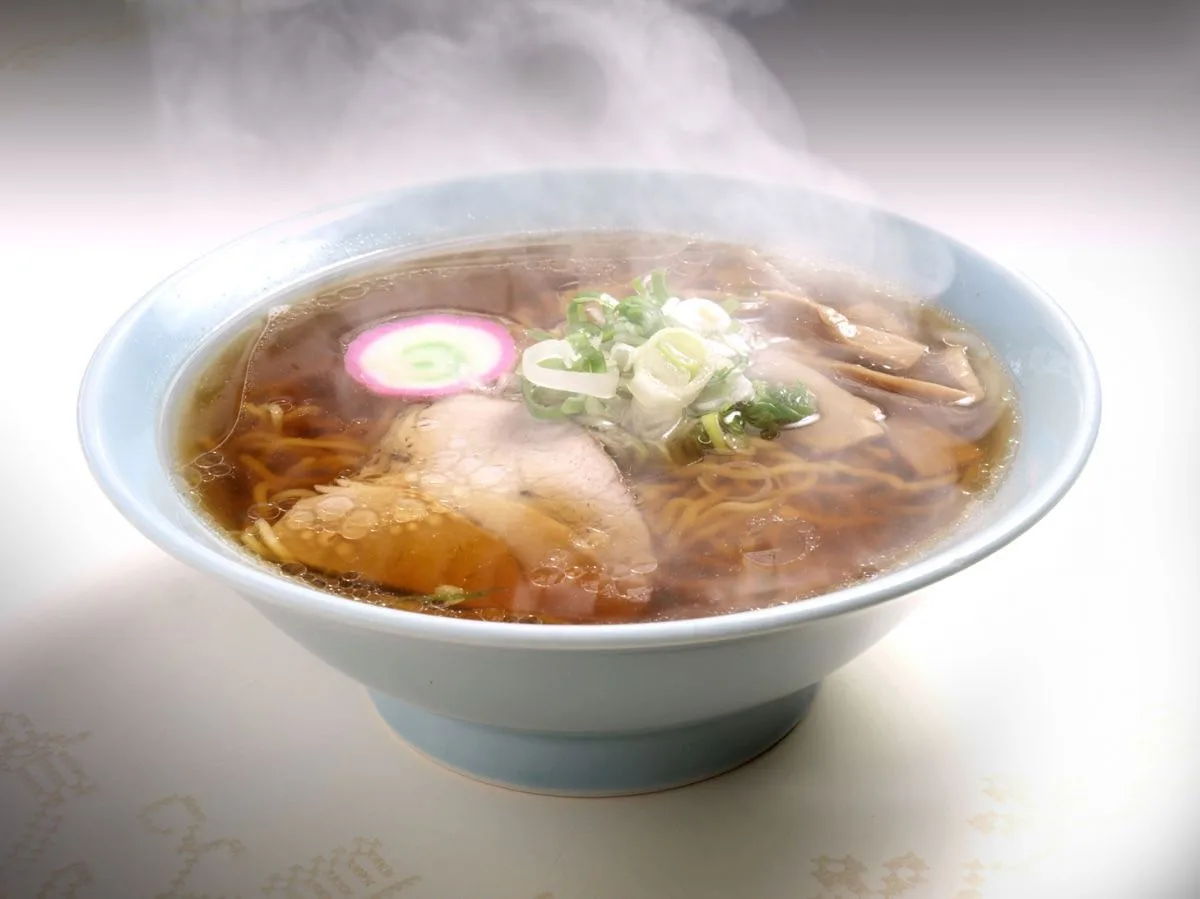
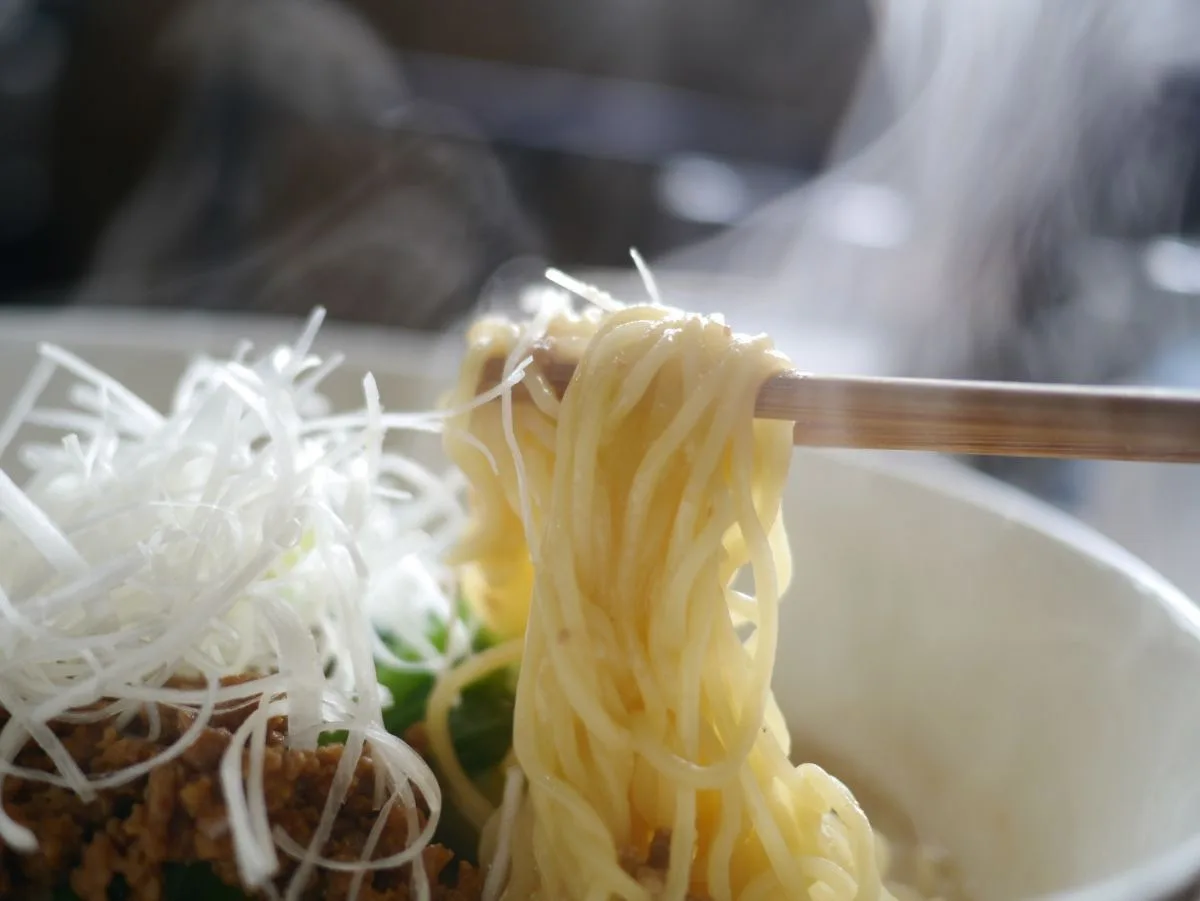
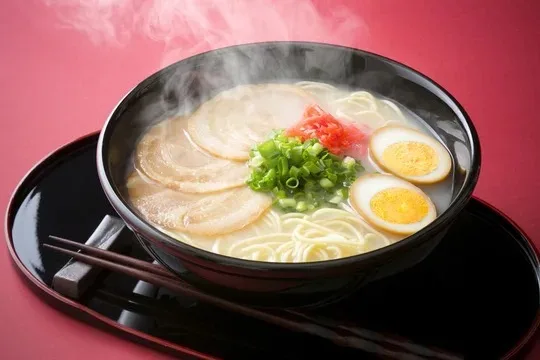
Ramen is made by kneading wheat flour with salt and water and stretching it into long, thin noodles. It is then boiled and filled with a broth of soy sauce or other seasonings and garnished with grilled pork, pickled bamboo shoots, or other ingredients. There are many flavors of soup, including soy sauce, salt, miso, and many others.
Chanko-nabe
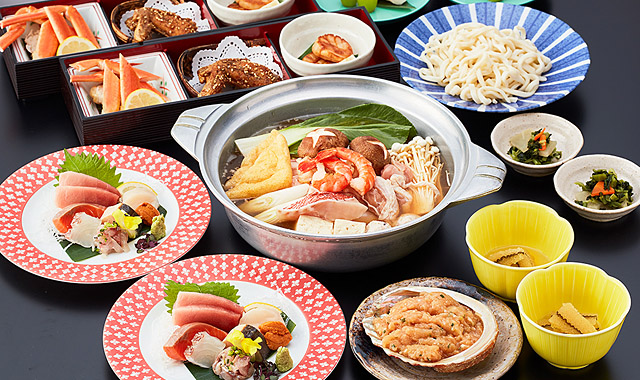
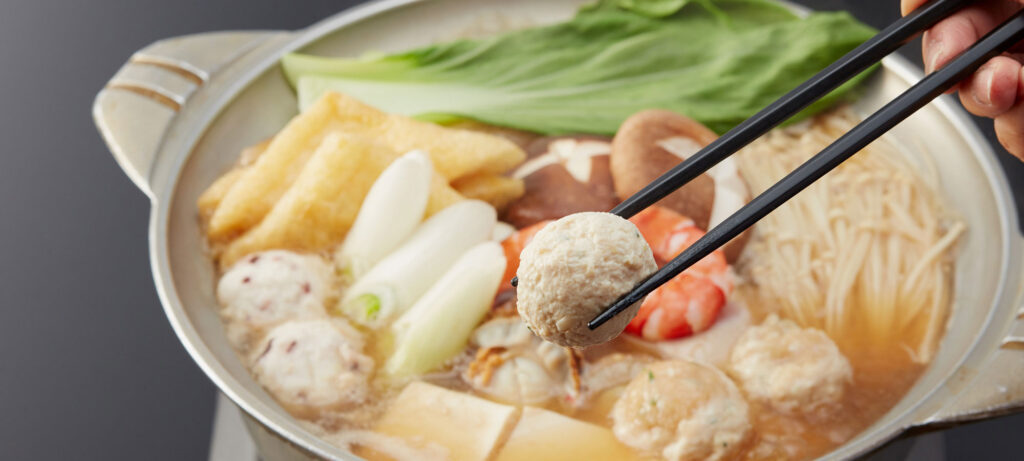
Chanko-nabe is a dish that is said to have originated in the Meiji era (1868-1912). Chanko-nabe is an essential dish for wrestlers, who are able to prepare large quantities of food at a time, to build their bodies. By using a variety of ingredients such as meat, vegetables, and seafood, a good broth is produced, the ingredients soak up the flavor, and a delicious, nutritious nabe can be easily prepared.
Curry Rice
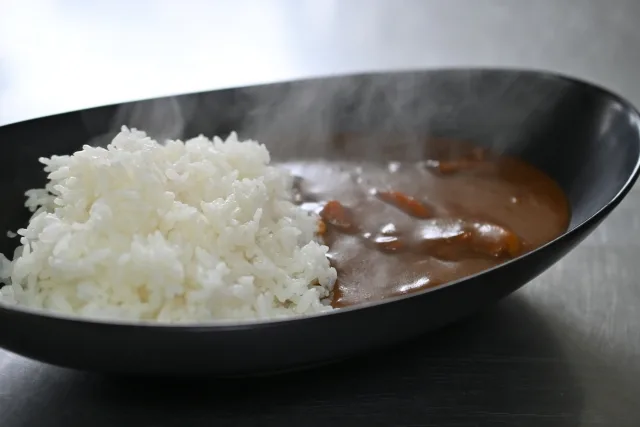
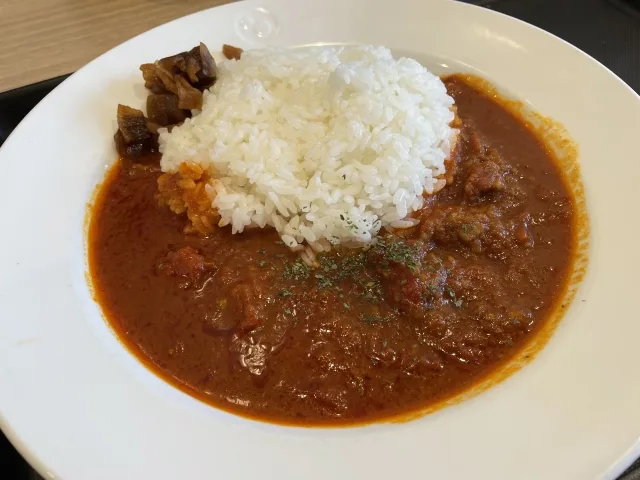
A dish in which ingredients are simmered in multiple spices. Originating in England from Indian cuisine, curry was introduced to Japan in the mid 19th century and arranged in the Japanese style. The most common Japanese curry has a thick consistency and is made by simmering meat, onions, potatoes, and carrots, and served with white rice.
Japanese eel Cuisine
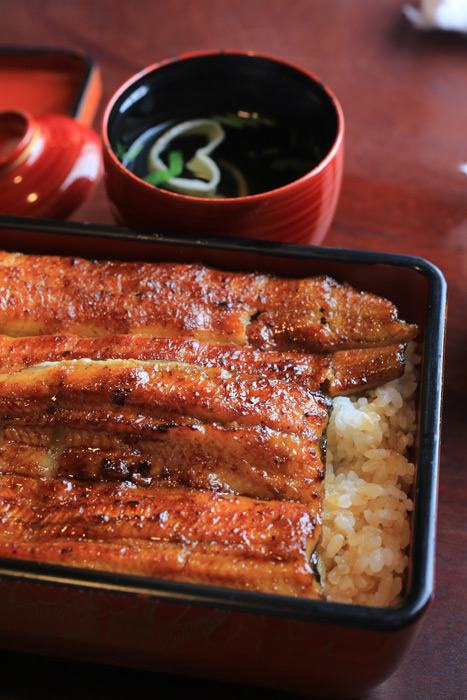
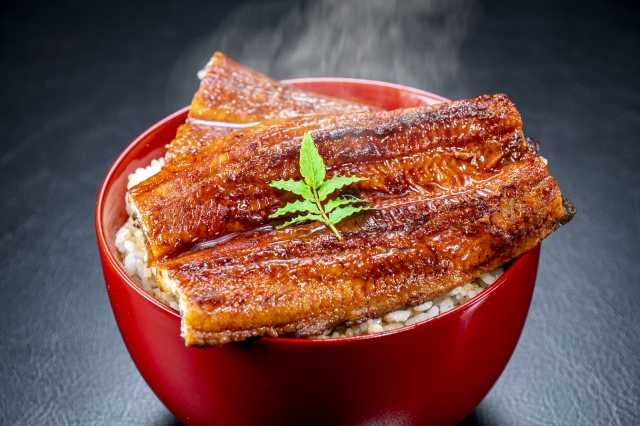
Japanese eel cuisine is a luxurious and high-end culinary experience that showcases the prized Japanese eel, known for its delicate and rich flavor. This delicacy is often served in upscale restaurants and is considered a luxurious indulgence by many connoisseurs. Its exquisite taste and rarity make it a highly sought-after ingredient in Japanese cuisine and an unforgettable dining experience for those lucky enough to try it.
Kawadoko Ryori
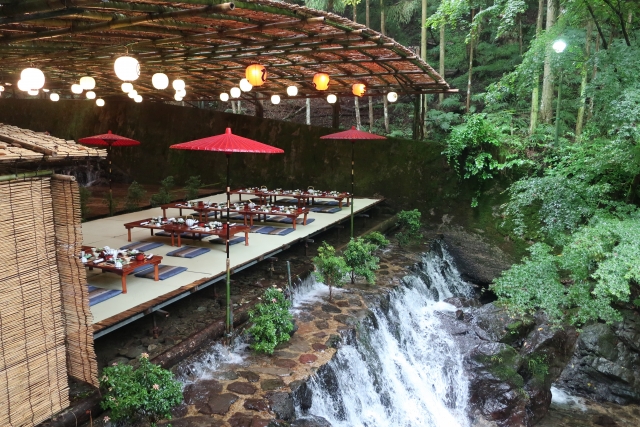
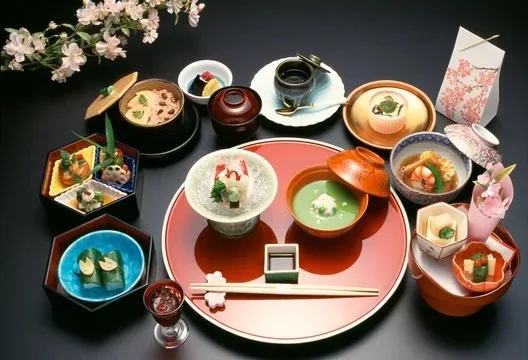
Kawadoko ryori is a type of seating built near a flowing river, and in Kyoto’s Kiyamachi and Ponto-cho districts, seating is set up high above the Takase River and called “yuka. Kawayuka in Kibune, in the northern part of Kyoto, offer kaiseki cuisine featuring river fish such as ayu (sweetfish) and iwana (rockfish). The yuka are located right on the river and offer a cool and relaxing place to sit and enjoy the view of the mountains.
Sweets
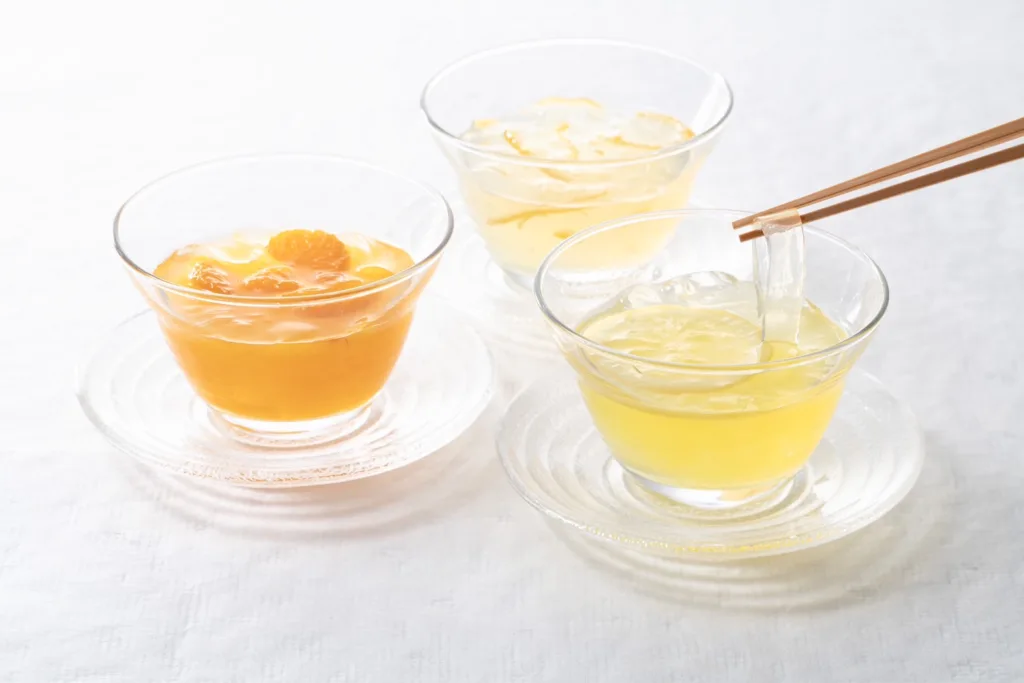
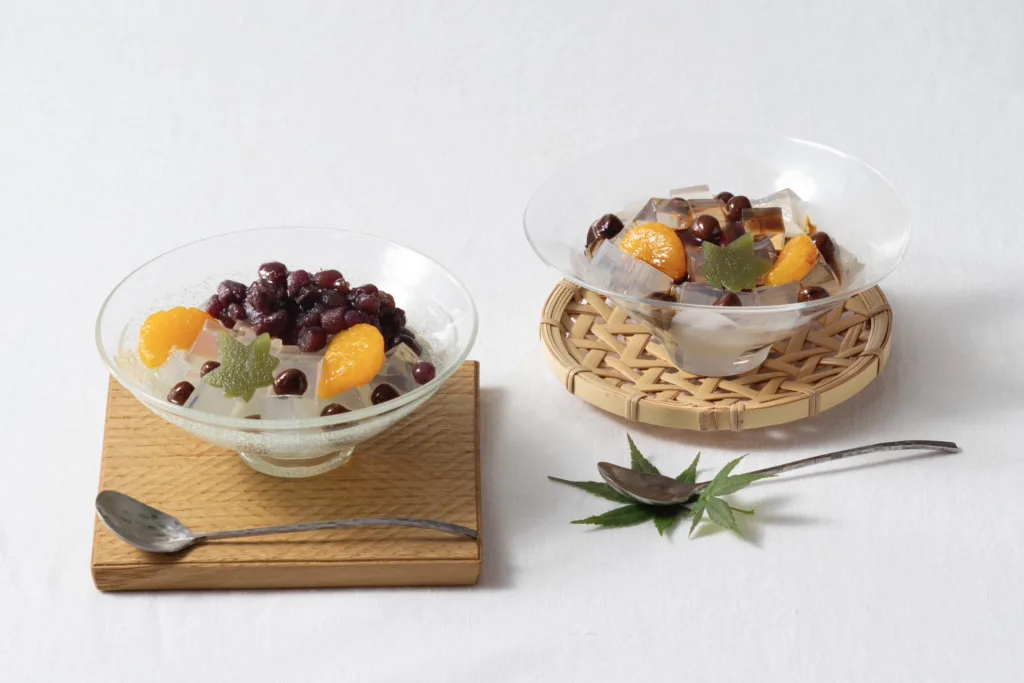




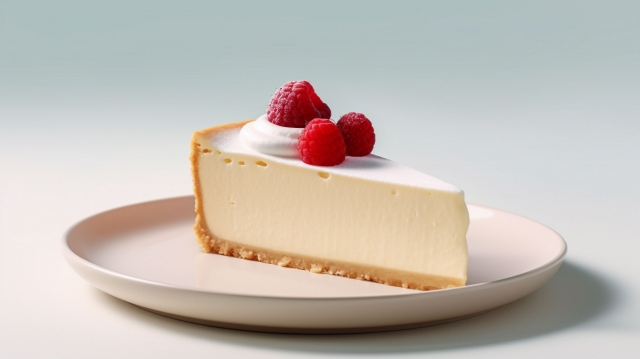
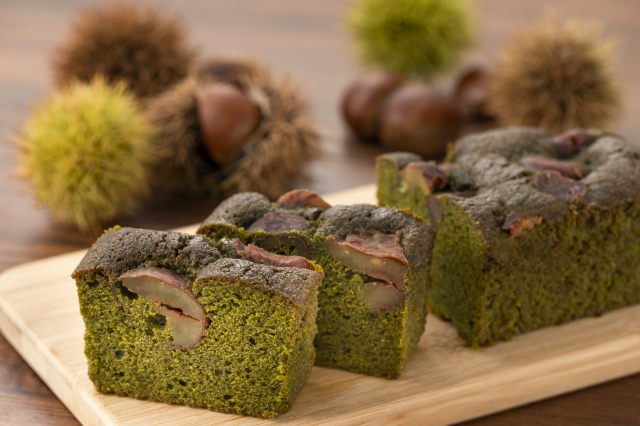
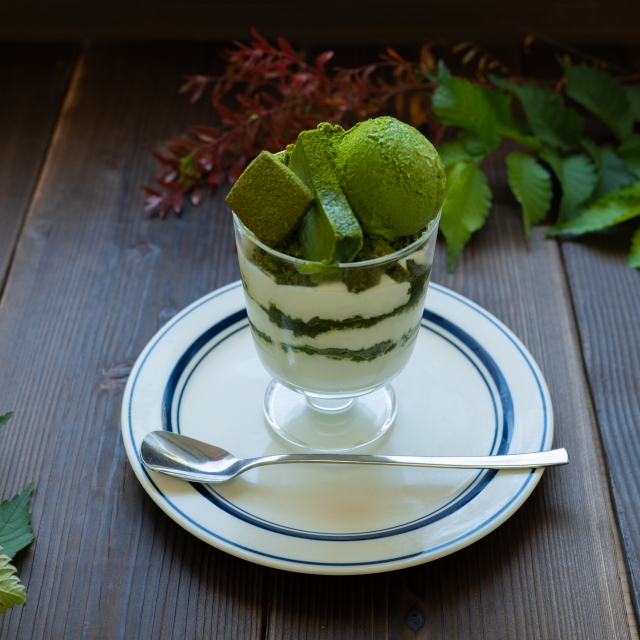
Here are some examples of Japanese sweets:
Wagashi: Traditional Japanese sweets made with rice flour, sugar, and other ingredients. Some popular types of wagashi include mochi (rice cakes), manju (sweet bean-filled dumplings), and yokan (a type of jelly).
Western sweets: Sweets that originated in the West, such as cakes, cookies, and ice cream. Western sweets are often made with fruits, chocolate, and other ingredients.
Japan has a wide variety of sweets to offer, so be sure to try some of them when you visit!
